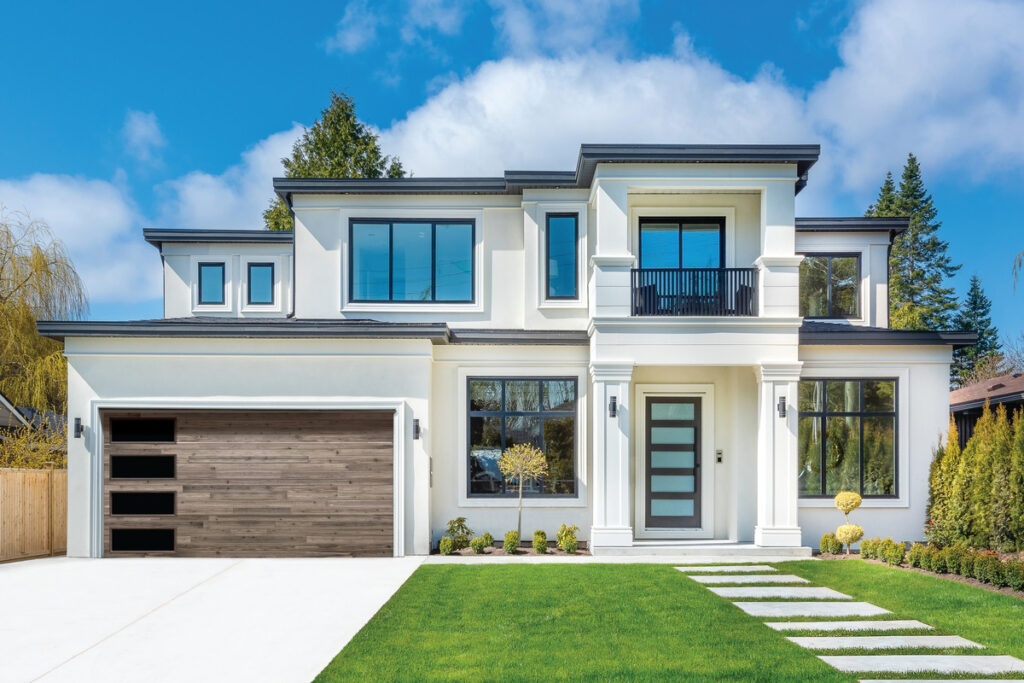
Eco Conscious Design
By Juno DeMelo
When the air quality outdoors hits unhealthy levels, many of us opt to stay inside as much as we can. The problem is that a growing body of evidence suggests that the air inside our homes can be more polluted than the outdoor air in even the biggest industrialized cities.
“The inside of our homes can be more toxic than downtown L.A.,” says Ami McKay, the president and principal designer of Pure Design. Ami is one of an increasing number of designers creating spaces that not only improve indoor air quality but also reduce environmental impact. This means using natural fibers, nontoxic upholstery, zero-VOC paints, and FSC-certified or sustainably harvested wood furniture. And, of course, tile.
“Tile is my paint palette,” says McKay, who says she loves using it in unexpected places. “And it’s completely inert, so it doesn’t off-gas.” Off-gassing is the release of airborne chemicals from building materials, furniture, and more—sometimes for years after they’re installed. These chemicals are largely comprised of volatile organic compounds, or the “VOC” in “zero-VOC paint,” though they’re also found in carpet, vinyl flooring, upholstery, foam, and composite wood. Tile, meanwhile, doesn’t release VOCs, and it doesn’t absorb them either.
Additionally, because tile is incredibly durable, it rarely needs to be replaced—especially if chosen with an eye toward timeless design. “Part of making sustainable decisions is choosing high-quality materials with lasting physical and aesthetic properties, whether that’s natural stone that ages gracefully or factory-made ceramics with a palette of glazes that complement the overall feeling of the home rather than following finite trends,” says Jenny Guggenheim, the principal designer and design director at the Guggenheim Architecture + Design Studio.
While all tile has inherently sustainable attributes, Ann Sacks’ most sustainable products—from recycled glass to energy-efficient concrete—go above and beyond. Context, one of Ann Sacks’ signature ceramic lines, combines reclaimed clay, bisque, and sand. A go-to in Guggenheim’s office, the collection is offered in a variety of field and mosaic formats and a rich palette of artisanal glazes.
The Kodra collection is created from 98% pre-consumer recycled content. Glass from bottles, windows, car windshields, and other sources is crushed, blended, and melted together and then hand-assembled into beautiful mosaic designs suitable for interior and exterior installations, including pools.
Hailing from Italy, the exclusive Salluto collection combines textural charm with the ease of porcelain. Made from 70% pre-consumer recycled content, the collection carries a LEED V4 certification and is available in four versatile colorways.
Now, more than ever, our individual actions play a crucial role in combating climate change. The good news is that what’s best for the environment is often beneficial for us, too. By making sustainable choices in our interior design, we can contribute to a healthier planet and a healthier home.
For more information visit www.annsacks.com




